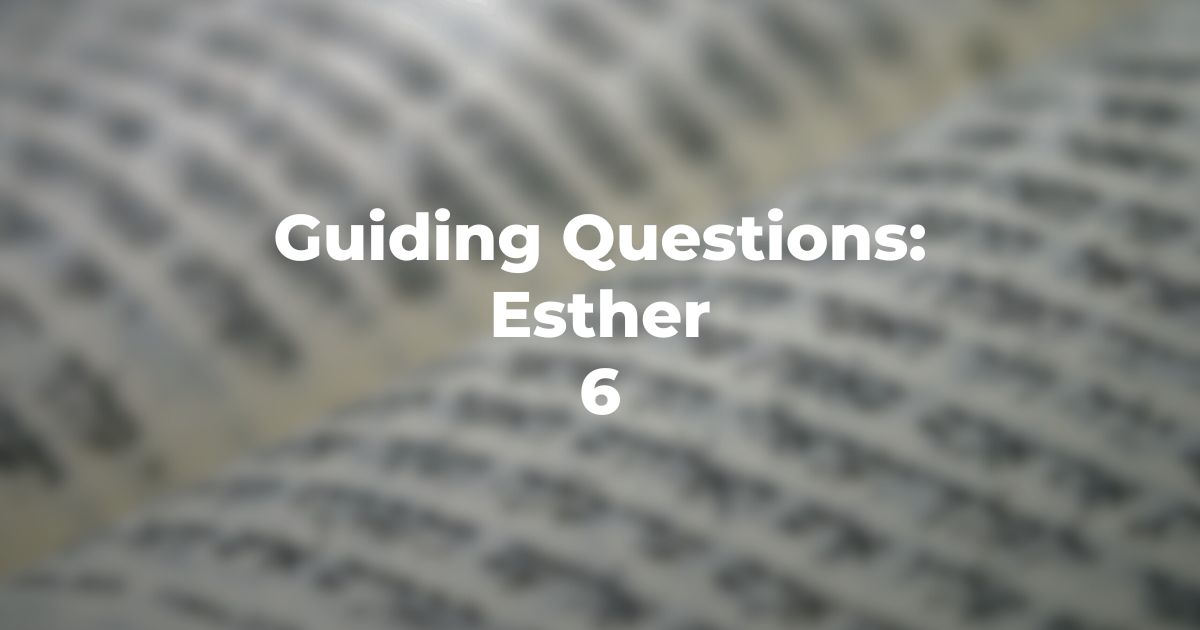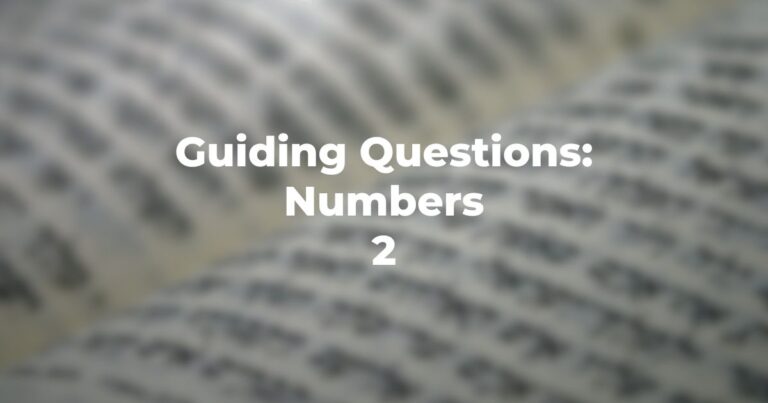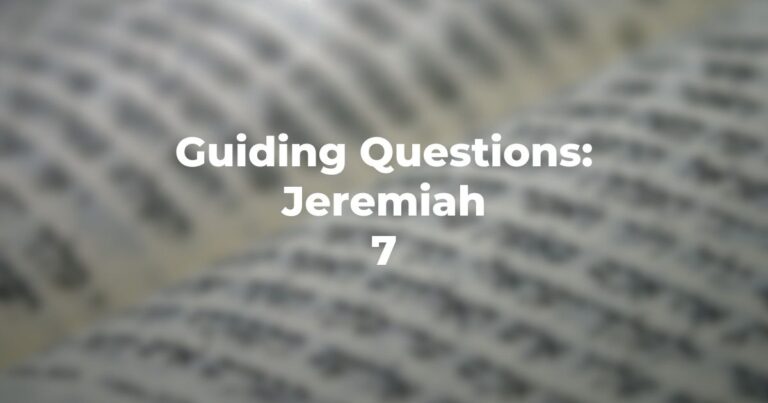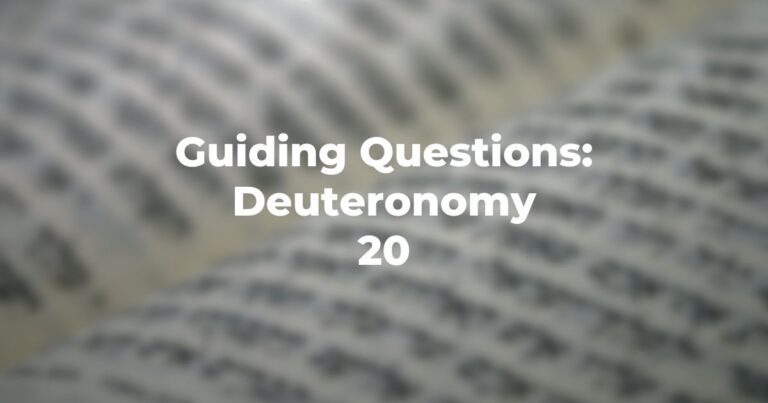- Once again, timing is everything. How does the author develop the series of “coincidences” into a series of tension-building episodes?
- Both the king and Haman can’t sleep that night. What does the king do and what is on his mind? What is Haman doing and what is on his mind?
- What does Esther 6:3 tell us about this king who needs insomnia to wake up to the fact that the person who saved his life had never been rewarded?
- In Esther 6:3 Mordecai’s name is mentioned. In Esther 6:6 his name is not mentioned. What literary purpose does this serve?
- From what Haman thought (Esther 6:6) and what he suggests as the reward (Esther 6:8-9) what can we learn about his aspirations?
- What does the author accomplish by having the king refer to Mordecai as “the Jew” (Esther 6:10) while in Esther 6:2-3 he is referred to only as Mordecai?
- Can we assume from Esther 6:10 that the king still has no knowledge of and no interest in which people he had given approval to annihilate?
- Esther 6:12 may be a pivotal sentence of the story. What picture is given here to describe the results of Haman’s encounter with Mordecai as compared to his last encounter (Esther 5:9)?
- Does the response to Haman by his wise men and wife in Esther 6:13 add or detract from the story? Is it really a surprise to them that Mordecai is a Jew (see Esther 5:13)? If those words from: “then said his wise men” to “surely fall before him”, were removed, would the story read better? Whose views may have been slipped into the mouths of Zeresh and company?
- How does Esther 6:14, with its perfect timing, correlate with Esther 6:12?
Author
-

Exploring Judaism is the digital home for Conservative/Masorti Judaism, embracing the beauty and complexity of Judaism, and our personal search for meaning, learning, and connecting. Our goal is to create content based on three core framing: Meaning-Making (Why?), Practical Living (How?), and Explainers (What?).
View all posts




